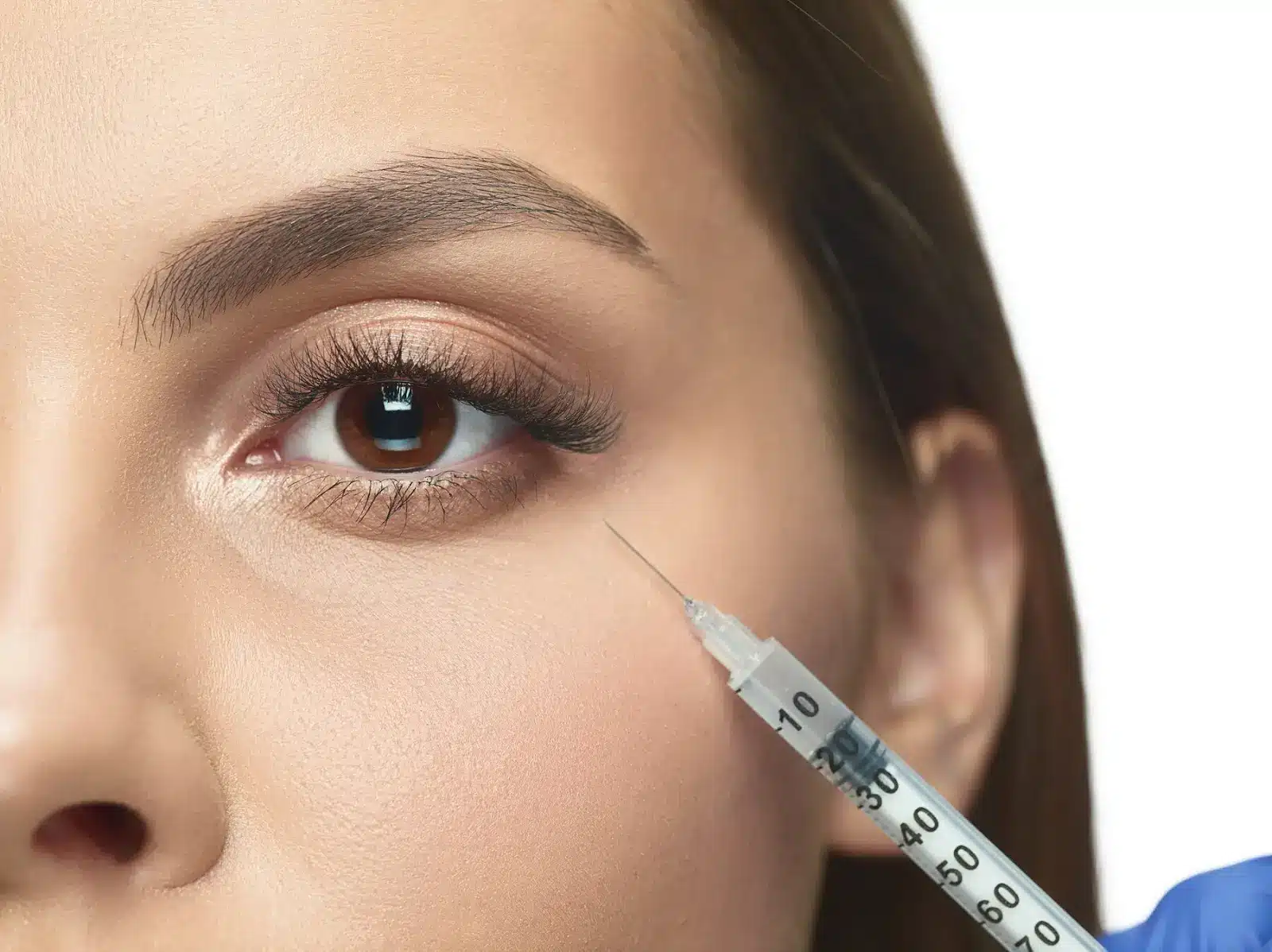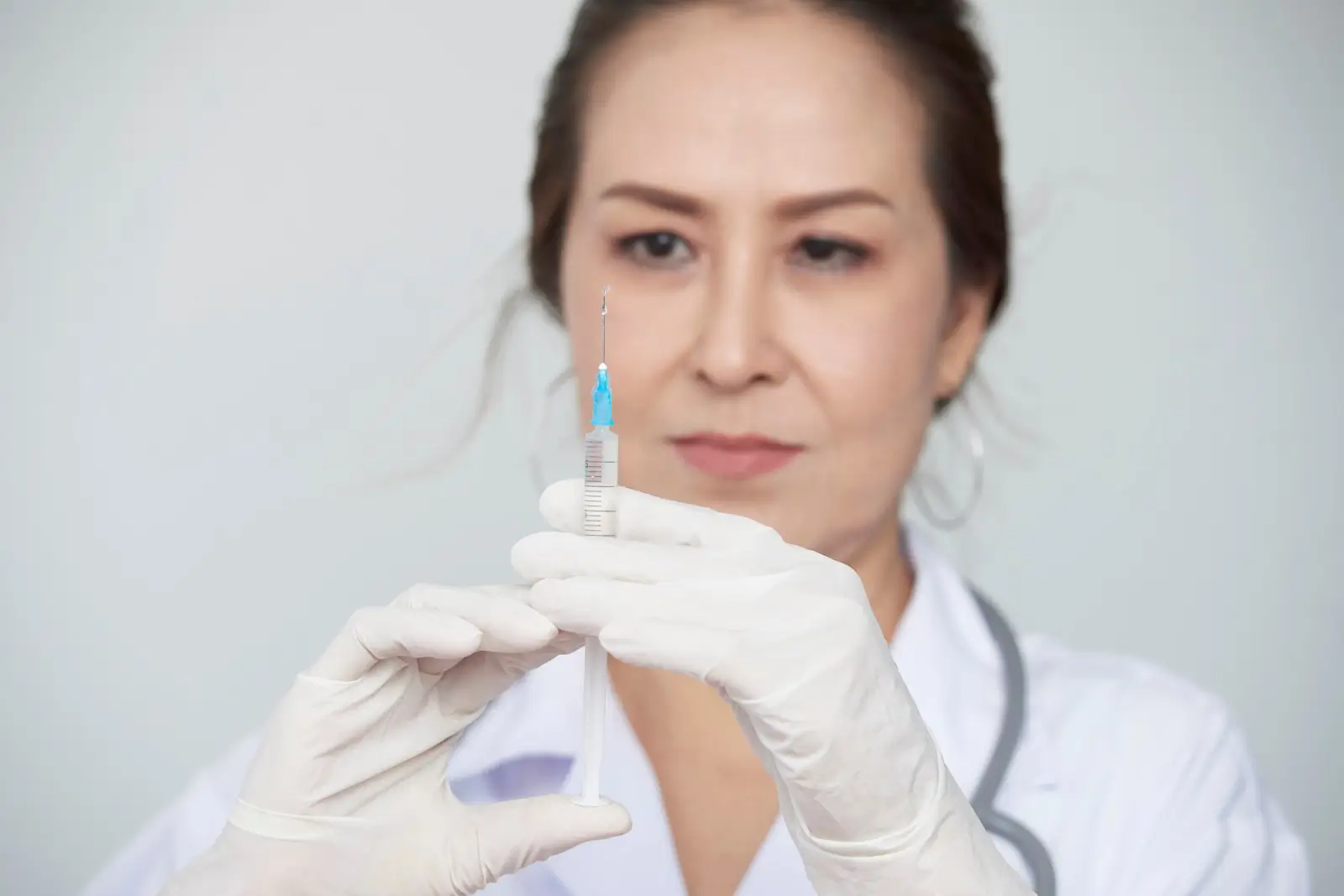
Eye conditions such as age-related macular degeneration (AMD) and diabetic macular edema (DME) are among the leading causes of vision impairment worldwide. According to the World Health Organization (WHO), at least 2.2 billion people globally experience vision loss, much of it related to retinal diseases. As a result, treatments like anti-vascular endothelial growth factor (anti-VEGF) injections have become crucial in managing these sight-threatening conditions.
One of the most commonly used anti-VEGF therapies is Eylea (aflibercept), designed specifically to target abnormal blood vessel growth and fluid leakage in the retina. While highly effective, patients and healthcare providers often question how long Eylea remains active within the body, and how its duration of action influences treatment outcomes.
In this article, we’ll delve into how long Eylea stays in your system, explore its half-life, and discuss the factors that may impact its overall effectiveness over time.
Key Takeaways
- Eylea (aflibercept) is given by intravitreal injection directly into the eye. It binds to VEGF proteins to inhibit abnormal blood vessel growth.
- The effects of Eylea typically last between 8 to 12 weeks, with the peak therapeutic effect usually observed within the first month after injection.
- Minimal trace amounts of Eylea can enter the bloodstream, with a systemic half-life of 5 to 6 days. Most of the drug is eliminated within 2 to 3 months.
- Compared to other anti-VEGF agents, Eylea offers a longer dosing interval (every 8-12 weeks), making it a more convenient option for many patients.
- Regular monitoring is crucial for managing potential side effects, which may persist until Eylea is fully cleared from the system.
- Discontinuing Eylea injections can lead to a recurrence of symptoms, necessitating discussions with healthcare providers about alternative treatment options.
- Eylea has a longer half-life and dosing interval than Lucentis and Avastin, making it a preferred choice for patients who need less frequent injections.
About: Doctor Medica is your trusted supplier of top-quality dermal fillers, viscosupplements, and more for your medical practice. We offer genuine products from leading brands at the lowest prices in the market. If you’re looking to order Eylea online for your practice, contact the Doctor Medica team today.
Pharmacokinetics of Eylea

Eylea is administered through an intravitreal injection, meaning it’s directly injected into the eye. Once injected, aflibercept binds to VEGF proteins, preventing these proteins from promoting abnormal blood vessel growth and leakage within the retina.
- Absorption: After injection, Eylea stays localized primarily in the eye’s vitreous humor, ensuring a sustained therapeutic effect.
- Metabolism: Over the course of several weeks, the medication is gradually broken down and cleared from the eye.
- Elimination: Systemic absorption into the bloodstream is minimal, though small trace amounts of Eylea can occasionally be detected.
Duration of Action in the Eye

Eylea is formulated to provide long-lasting effects, reducing the need for frequent injections.
- Typical Duration: Each injection remains effective for approximately 8 to 12 weeks, after which another dose is usually required.
- Peak Effect: Patients typically experience the maximum therapeutic benefit within the first month following injection.
- Extended Dosing: Depending on individual response and disease progression, some patients can achieve stable vision outcomes with injections spaced out as far as 12 weeks apart.
Systemic Exposure and Clearance
Although Eylea is injected into the eye, small amounts can enter the bloodstream. The systemic half-life of aflibercept is 5 to 6 days, meaning it takes this long for half of the drug to be eliminated from the body.
- Complete Clearance: Most of the drug is cleared from the system within 2 to 3 months after injection.
- Low Systemic Absorption: The concentration of aflibercept in the bloodstream is much lower than in the eye, reducing the risk of systemic side effects.
Patients with underlying conditions, such as cardiovascular disease, should discuss potential systemic effects with their doctor.
Clinical Implications of Drug Persistence
Understanding how long Eylea stays in the system is essential for optimizing treatment outcomes and minimizing risks. Patients who skip scheduled injections may experience disease progression as the medication gradually clears from the eye, potentially leaving the wet macular still wet after taking Eylea injection and worsening symptoms.
Additionally, certain side effects, such as mild inflammation or increased intraocular pressure, may persist until Eylea is fully eliminated from the eye. Regular monitoring helps manage these side effects, allowing for timely intervention when necessary.
In some cases, doctors may consider switching medications or combining therapies based on the patient’s response to Eylea. This tailored approach can significantly enhance treatment effectiveness, particularly for patients with incomplete or suboptimal responses to Eylea alone.
Comparative Pharmacokinetics with Other Anti-VEGF Agents
Eylea differs from other anti-VEGF treatments in terms of duration and clearance:
| Drug | Half-Life in the Eye | Dosing Interval |
| Eylea (aflibercept) | ~12 days | Every 8–12 weeks |
| Lucentis (ranibizumab) | ~9 days | Every 4 weeks |
| Avastin (bevacizumab) | ~5 days | Every 4 weeks |
| Beovu (brolucizumab) | ~12 days | Every 8–12 weeks |
Eylea provides a longer dosing interval than Lucentis and Avastin, making it a preferred choice for patients requiring less frequent injections.
Conclusion
Eylea remains active in the eye for approximately 8 to 12 weeks, with systemic clearance typically occurring within 2 to 3 months. Its prolonged activity makes Eylea a practical and convenient treatment option for patients with retinal diseases, reducing the frequency of injections. However, individual responses can vary, emphasizing the importance of personalized treatment plans.
Regular follow-ups and monitoring by an experienced provider ensure each patient receives optimal results tailored to their specific condition and needs.
FAQs
1. Can Eylea stay in your system longer than 3 months?
While the drug is mainly cleared from the bloodstream within 2 to 3 months, its effects on the eye can persist for up to 12 weeks or longer in some patients.
2. What happens if I stop Eylea injections?
Stopping Eylea may cause fluid leakage, leading to visiting patients who wish to discontinue and should discuss alternative treatment plans with their doctor.
3. Can Eylea accumulate in the body over time?
No, Eylea does not accumulate in the body. Each dose is gradually metabolized and eliminated, making long-term accumulation unlikely.
4. How does Eylea compare to Lucentis in terms of clearance?
Eylea has a slightly longer half-life than Lucentis, allowing for extended dosing intervals (every 8–12 weeks versus every 4 weeks for Lucentis).
References
World Health Organization. Blindness and Vision Impairment. World Health Organization. Accessed March 20, 2025. https://www.who.int/news-room/fact-sheets/detail/blindness-and-visual-impairment..
Ciulla TA, Hussain RM. Long-Term Outcomes of Anti-VEGF Therapy. Retina Today. November/December 2021. Accessed March 20, 2025. https://retinatoday.com/articles/2021-nov-dec/long-term-outcomes-of-anti-vegf-therapy.
Related Articles
Joanna Carr
Depo Provera Schedule and Perpetual Calendar
Depo Provera is a highly effective contraceptive injection that requires adherence to a specific dosing schedule for optimal efficacy.
Joanna Carr
Body Image Negativity After Childbirth: Prevention And Solutions
Interested in learning more about Prevention, Solutions For Body Image Negativity After Childbirth? Browse Doctor Medica's comprehensive archive of bl...
Joanna Carr
EMLA Cream: How Long Does It Last?
Discover how long EMLA cream lasts, including factors that influence its duration and tips for maximizing its numbing effects during procedures.


